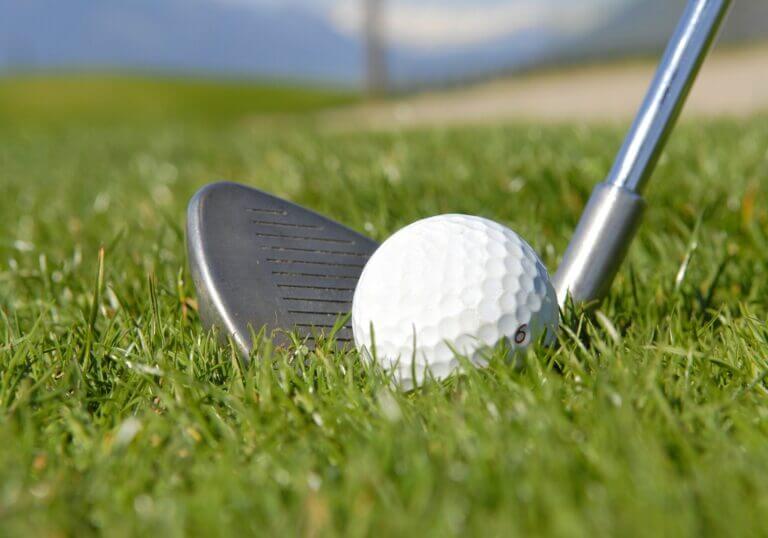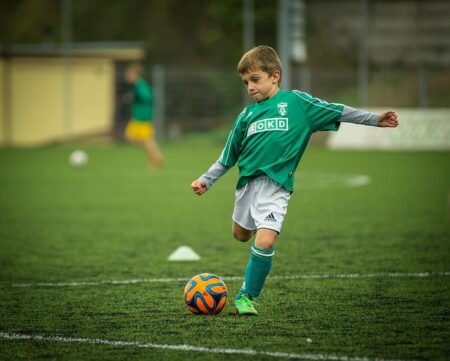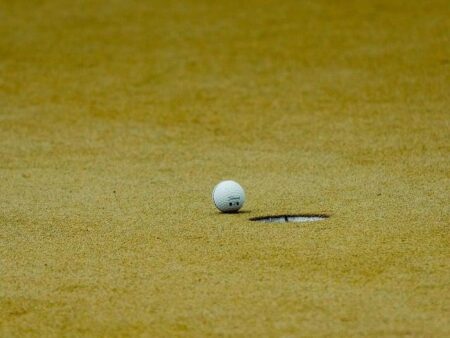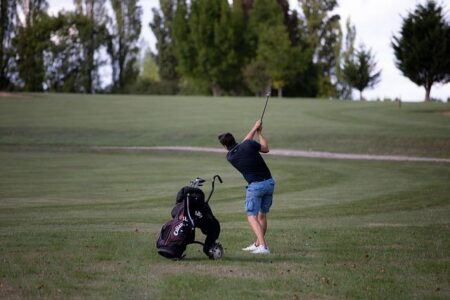Title: 3 Ball-Striking Myths That Are Hurting Your Iron Play
As golfers across the globe seek to enhance their game, a plethora of advice-both sound and misguided-fills the airwaves, practice ranges, and online forums. However, among the cacophony of tips and tricks, a few persistent myths regarding ball striking persistently undermine players’ efforts to improve their iron play. These misconceptions can lead to frustration on the course and diminished performance, particularly for those striving to master their approach shots. In this article, we will dissect three prevalent ball-striking myths that may be hindering your ability to strike the ball cleanly and effectively with your irons, arming you with the knowledge to refine your technique and elevate your game. Whether you’re a seasoned player or a newcomer to the sport, understanding the realities behind these myths could be the key to unlocking your true golfing potential.
The Truth Behind Common Ball-Striking Misconceptions Affecting Your Iron Game
Many golfers are misled by the belief that a steeper angle of attack is the key to crisp iron shots. In reality, this myth can lead to inconsistent strikes and undesirable results. A common misconception is that hitting down hard on the ball guarantees better contact, but this approach often causes the club to hit the ground prematurely. Instead, a more level angle of attack combined with proper swing path can result in a cleaner hit, allowing the clubface to engage the ball effectively. When you focus on balance, timing, and rhythm, you may be surprised by how high your ball flight can rise without the need for drastic downward strikes.
Another frequent myth is the idea that stronger lofted clubs are always the best choice for distance. While it’s true that club technology has evolved, the belief that simply switching to a lower lofted club will make you a longer player can backfire. Optimizing your gapping and understanding your swing speed is crucial for improving your overall iron play. Many find that using the correct loft not only gives them more control but also enables better ball striking. To help clarify, here’s a quick reference table summarizing the impact of loft on distance and playability:
| Club Loft | Distance (Yards) | Control Level |
|---|---|---|
| 7 Iron (34°) | 150 | High |
| 6 Iron (30°) | 160 | Medium |
| 5 Iron (27°) | 170 | Low |
Expert Insights and Practical Tips for Improving Your Iron Play Effectively
Understanding the intricacies of iron play can significantly enhance your golfing performance, but several widely-held misconceptions can impede progress. One common myth suggests that a steeper swing path guarantees more consistent contact and distance. In reality, a controlled, more level swing path often leads to better results. Players should focus on maintaining a smooth tempo and promoting a natural follow-through rather than trying to artificially steepen their angle of attack.
Another prevalent belief is that more club speed equates to improved accuracy. However, this approach can lead to inconsistent shots and mishits. Instead, golfers should prioritize solid contact and proper alignment over sheer power. Here are some practical tips to consider for enhancing your iron play:
- Focus on your grip pressure; too tight can hinder your swing.
- Practice with alignment sticks to ensure consistent setup.
- Incorporate balance drills to improve stability during your swing.
Concluding Remarks
In conclusion, dispelling these three prevalent ball-striking myths is essential for golfers seeking to enhance their iron play. By understanding that swing speed isn’t everything, the importance of a proper setup, and the influence of mental focus, players can make informed adjustments to their technique. As golfers continue to navigate the intricacies of the game, embracing a more informed perspective can lead to notable improvements on the course. With the right approach, players can unlock their full potential, leaving behind the misconceptions that have long hindered their performance. As always, continuous learning and practice remain pivotal in the pursuit of excellence in golf.








